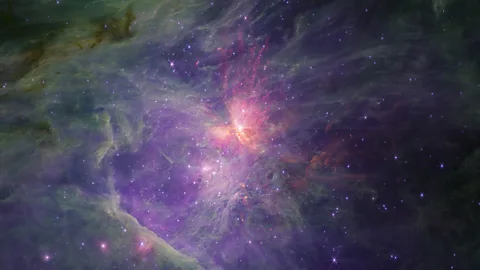The mysterious pairs of planets we still can’t explain

We thought we broadly understood how planets and stars form. But the discovery of dozens of pairs of young planets in a nearby nebula threatens to turn that on its head.
They are worlds that simply defy explanation. Drifting through the Orion Nebula – an enormous cloud of dust and gas relatively close by in our galaxy – are what appears to be dozens of Jupiter-sized planets that don’t conform to the conventional understanding of how planetary systems form. Rather than being bound to a star like the Earth is in our own Solar System, these planets are free-floating through space in pairs. Astronomers who spotted them with the help of the James Webb Space Telescope (JWST) could only scratch their heads in awe at the discovery.
“These things shouldn’t exist,” says Simon Portegies Zwart, an astrophysicist at Leiden University in the Netherlands. “They go against everything we have learned about star and planet formation.”
In the subsequent months, efforts have been made to try and explain what’s going on. These planets, called Jupiter Mass Binary Objects, or Jumbos, still cannot be fully explained. But we are getting closer to an answer – with crucial observations on the horizon that may solve the mystery once and for all.
